Winter storms can turn deadly in a heartbeat. While most folks stock up on the basics like food and water, there are crucial preps that often slip under the radar. These overlooked items can make the difference between mere survival and actually thriving during a brutal winter emergency. I’ve weathered my fair share of blizzards, and trust me, you don’t want to be caught without these essentials. Here’s a list of 18 often-forgotten preps that’ll keep you warm, safe, and comfortable when Old Man Winter throws his worst at you.
Snow Shovel in Every Vehicle
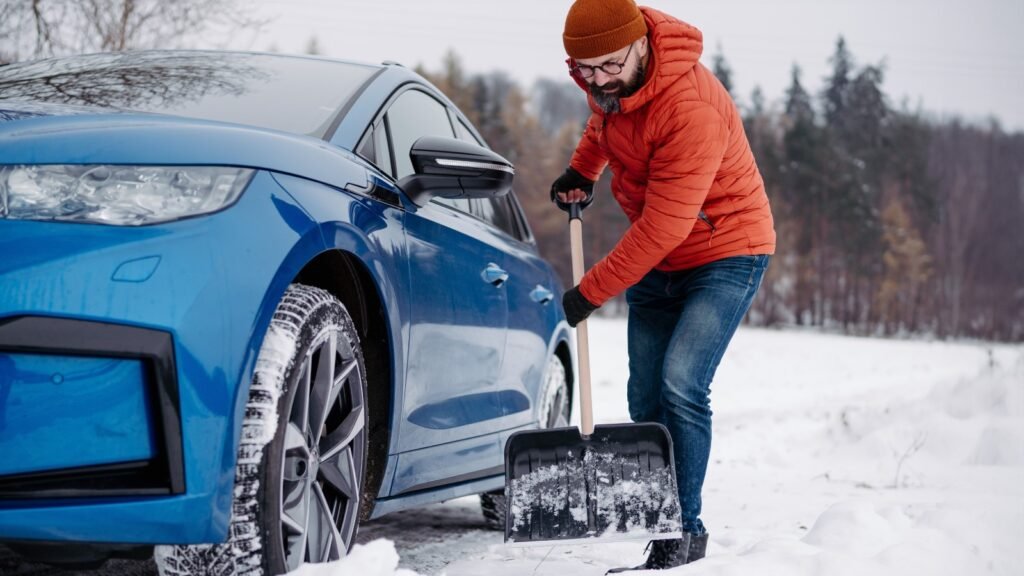
Don’t get caught with your wheels spinning. A compact, folding snow shovel in each vehicle is a must. It can help you dig out of snowdrifts or clear a path for your tires. Look for a sturdy aluminum model that’s lightweight but strong enough to handle ice and packed snow. Remember, in a severe storm, you might need to dig out multiple times during a single journey. Pro tip: Pair your shovel with a bag of cat litter or sand for added traction when your tires are stuck on ice.
Vacuum Flask for Hot Drinks
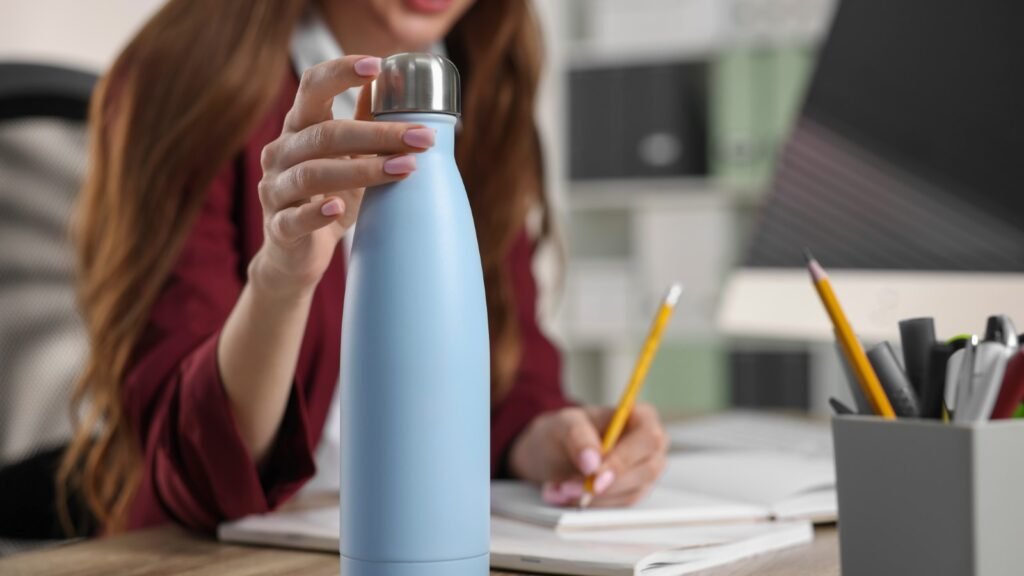
Staying warm starts from the inside. A good vacuum flask keeps drinks hot for hours, giving you a morale boost and helping maintain your core temperature. Opt for a stainless steel model with at least a 1-liter capacity. It’s not just for comfort – warm fluids can help prevent hypothermia in extreme conditions. For maximum efficiency, pre-heat your flask with hot water before filling it with your hot beverage; this can extend heat retention by several hours.
Battery-Powered Carbon Monoxide Detector
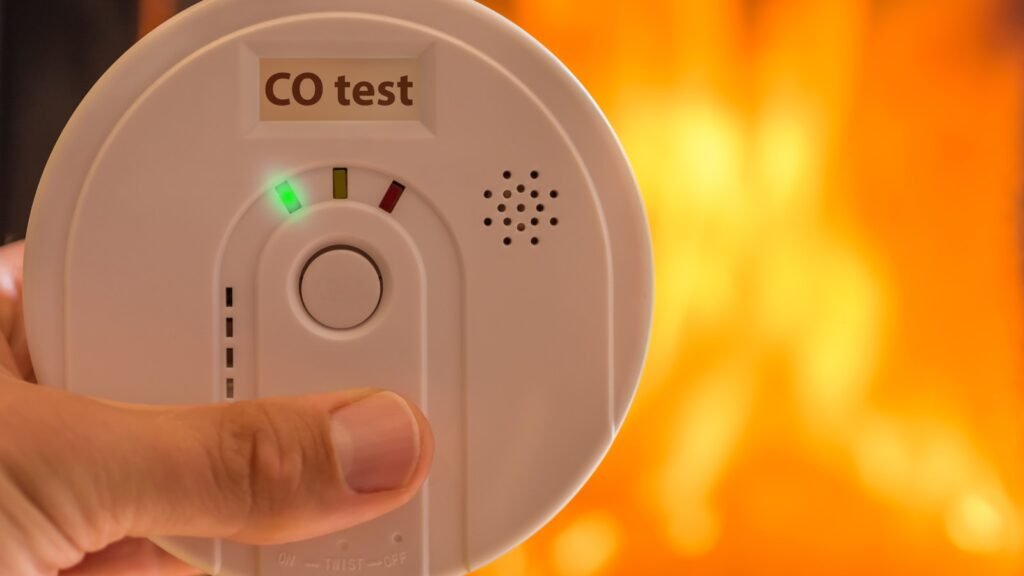
Silent and odorless, carbon monoxide is a real killer during winter power outages. As people turn to alternative heating methods, the risk skyrockets. A battery-powered CO detector can save your life. Place it near sleeping areas and check the batteries monthly. Remember, symptoms of CO poisoning mimic the flu, so don’t take chances. Opt for a model with a digital display to monitor CO levels continuously, allowing you to detect even slight increases before they become dangerous.
Mountaineering Socks
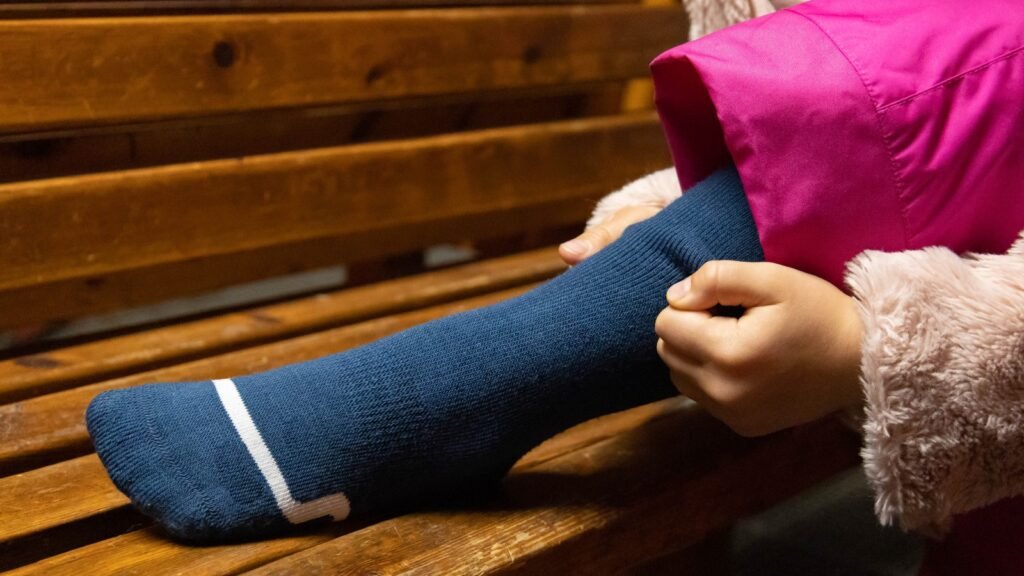
Regular socks won’t cut it in severe cold. Invest in a few pairs of high-quality mountaineering socks. They’re designed to wick moisture, provide insulation, and prevent blisters. Look for merino wool blends with reinforced heels and toes. Proper foot care is crucial in winter survival situations. Consider a sock liner system: a thin, moisture-wicking liner sock underneath your thicker mountaineering sock for maximum warmth and blister prevention.
Hand-Crank Flashlight and Radio Combo
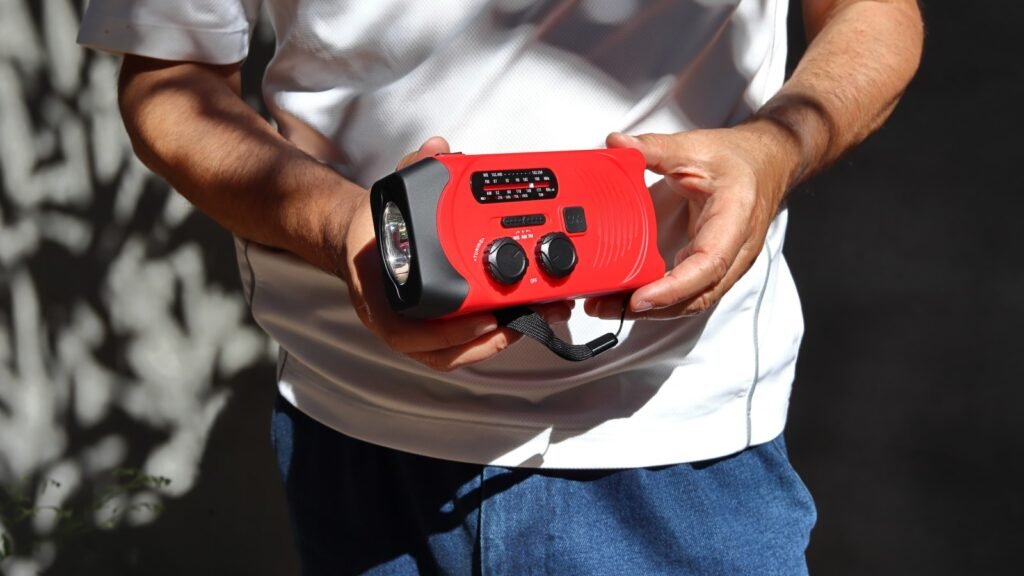
When the power’s out and batteries are dead, a hand-crank device is a lifesaver. Look for a model that combines a flashlight, radio, and even a USB charger for your phone. One minute of cranking can provide up to 20 minutes of light or radio time. It’s a reliable way to stay informed and illuminated during extended outages. Some advanced models also include NOAA weather radio frequencies, ensuring you receive critical weather updates even when regular broadcasts are down.
Mylar Emergency Blankets
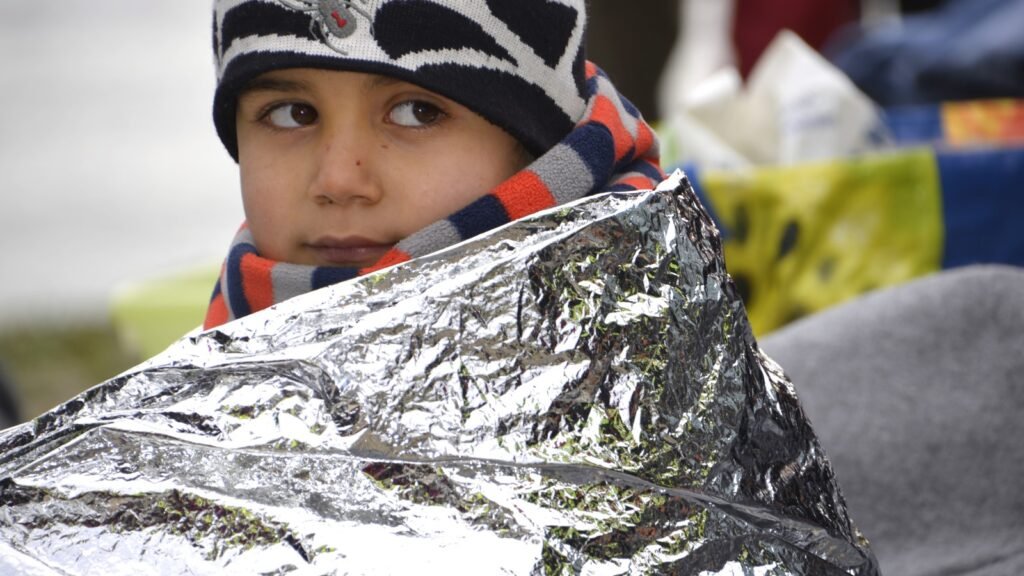
These lightweight, compact blankets reflect up to 90% of your body heat. They’re essential for your car, home, and bug-out bag. In a pinch, they can serve as ground covers, signaling devices, or even improvised shelter material. A pack of 10 typically costs less than $10 and takes up minimal space. You can also use them to line the inside of your coat for extra warmth or create a makeshift solar oven in survival situations.
Snow Goggles
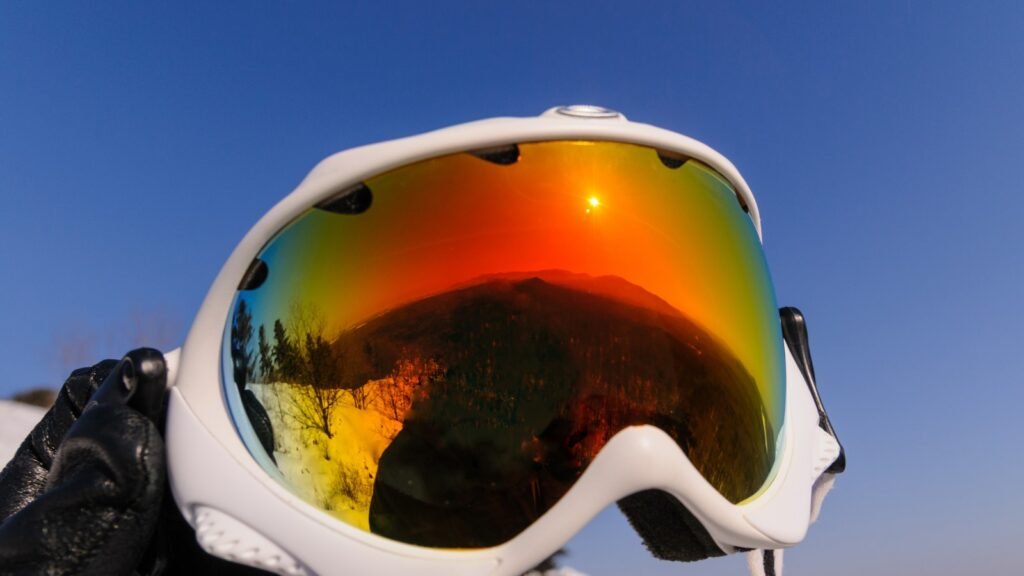
Protect your eyes from snow blindness and biting wind. Snow goggles shield your eyes from UV rays reflected off snow and ice, which can be surprisingly intense even on overcast days. They also prevent moisture loss from your eyes in dry, cold conditions. Look for models with anti-fog coating for best results. Consider goggles with interchangeable lenses for different light conditions; yellow lenses can enhance contrast in flat light, improving visibility during snowstorms.
Chemical Hand and Foot Warmers
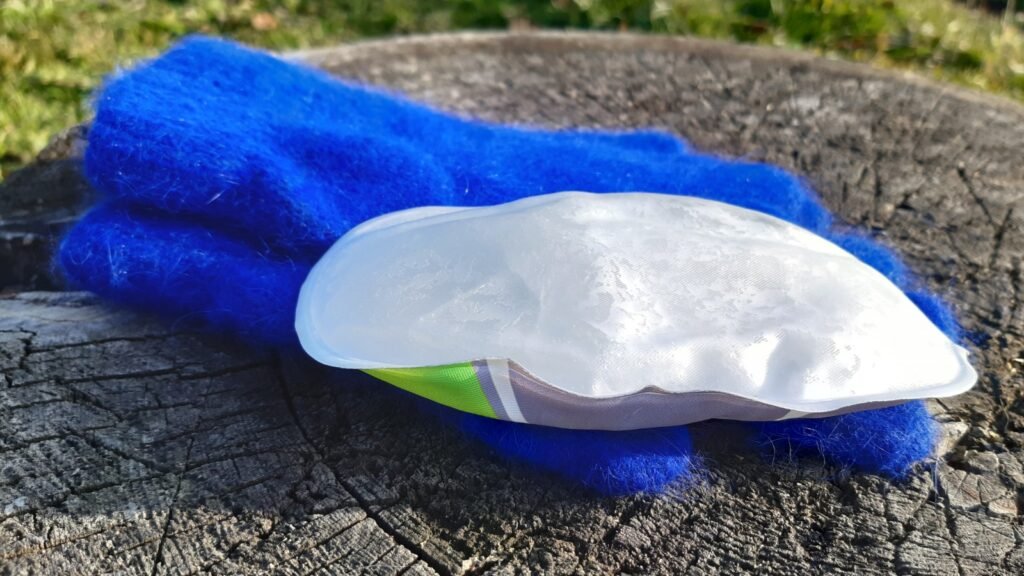
These small packets can provide heat for up to 10 hours. They’re perfect for keeping extremities warm in gloves and boots. Buy in bulk – they’re cheap insurance against frostbite. Remember, they need oxygen to work, so open the packet about 15 minutes before you need the heat. For extended warmth, place them against your wrists or ankles where blood vessels are close to the skin, helping to warm your entire body more efficiently.
Ventilated Matches

Regular matches can fail in damp, windy conditions. Ventilated or “storm” matches burn even in high winds and light rain. The long burn time (up to 15 seconds) helps ignite wet tinder. Store them in a waterproof container with a striker. These could be your ticket to a life-saving fire in harsh conditions. To maximize their effectiveness, pair them with a windproof lighter and some petroleum jelly-soaked cotton balls for a foolproof fire-starting kit.
Powdered Electrolyte Drink Mix
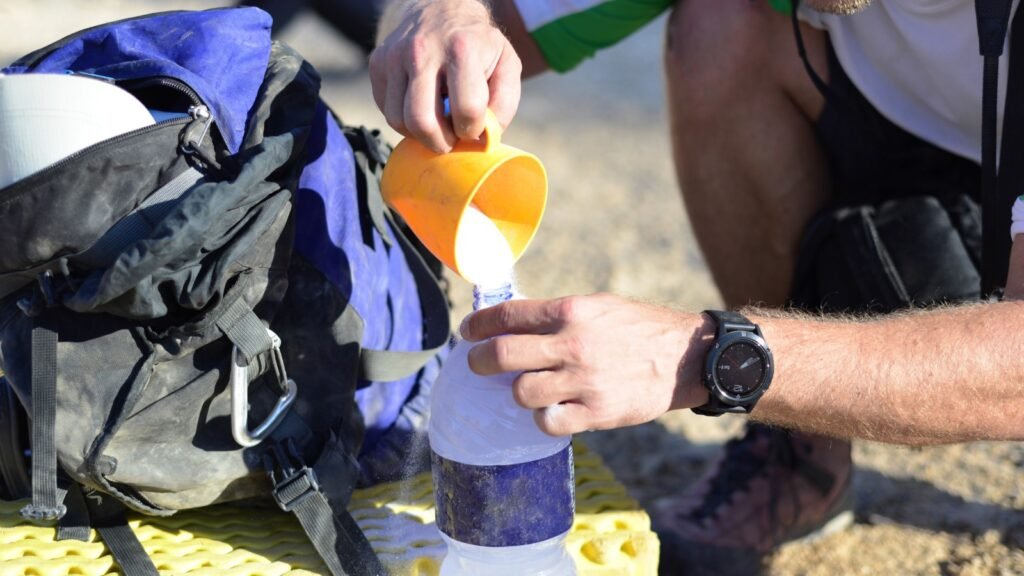
Dehydration is a silent threat in winter. Cold air is dry air, and you lose more moisture than you realize. Electrolyte powders help you rehydrate effectively and replace crucial minerals. They also make melted snow more palatable if you’re forced to drink it. Choose sugar-free versions to avoid a blood sugar crash. For added benefits, look for mixes that include vitamin C and zinc to support your immune system during stressful winter emergencies.
Thermal Binoculars
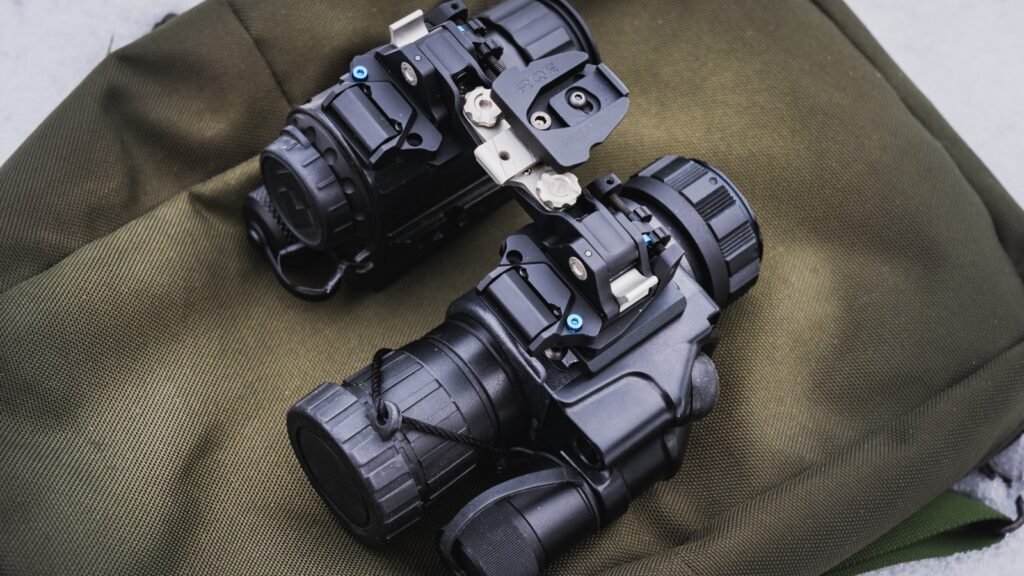
These aren’t just for military ops. Thermal binoculars can help you spot lost people or animals in whiteout conditions. They’re also useful for detecting heat loss in your home or finding burst pipes. While pricey, they could be a game-changer in a search and rescue situation. Some models can connect to smartphones, allowing you to record thermal images or share them with rescue teams in real-time.
Alpaca Wool Blanket
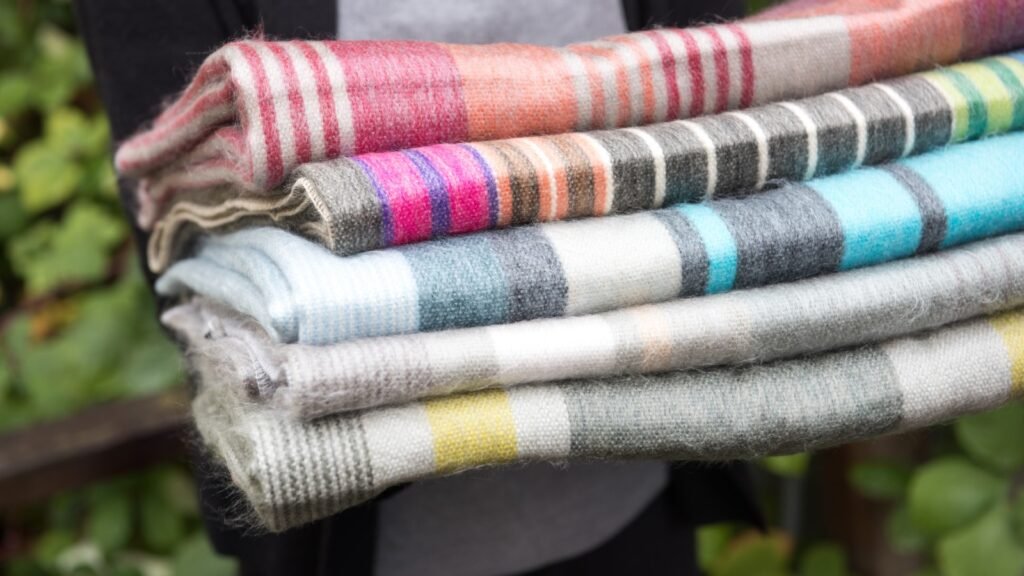
Forget those flimsy fleece throws. An alpaca wool blanket is nature’s best insulator. It’s warmer than sheep’s wool, naturally water-resistant, and hypoallergenic. One good alpaca blanket can replace several synthetic ones. They’re pricey but worth every penny for their warmth-to-weight ratio and durability. Alpaca wool is also naturally fire-resistant, adding an extra layer of safety if you’re using it near a fireplace or camp stove.
Portable Jump Starter
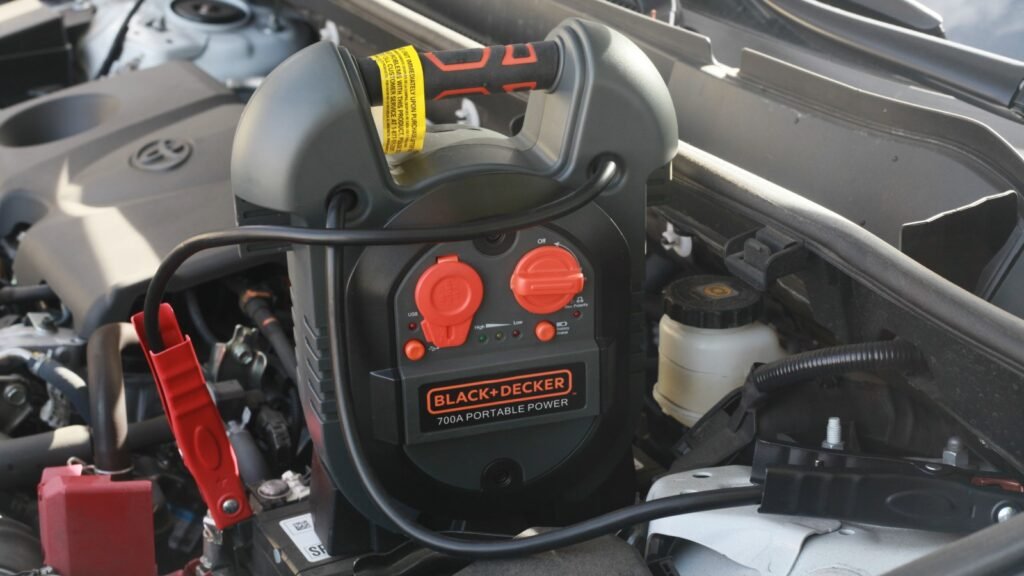
Cold weather is brutal on car batteries. A portable jump starter ensures you’re never stranded with a dead battery. Modern lithium-ion models are compact enough to fit in a glove box but powerful enough to start a truck. Many also double as power banks for charging devices. Look for models with built-in safety features like reverse polarity protection and spark-proof connections to prevent accidents during use.
Sleeping Bag Liner
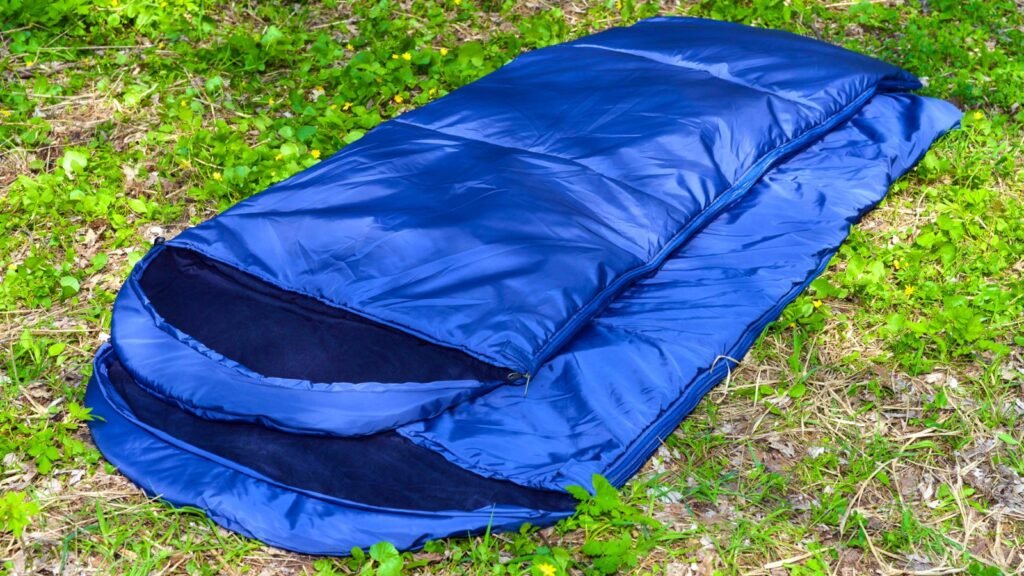
Boost the warmth rating of any sleeping bag by up to 25°F with a liner. Silk liners are lightweight and compact, while fleece ones offer more insulation. They also keep your sleeping bag cleaner, extending its life. In a pinch, a liner can serve as a lightweight summer sleeping bag on its own. Some liners come with built-in insect repellent treatment, providing extra protection during bug season or in emergency shelters.
Emergency Candles
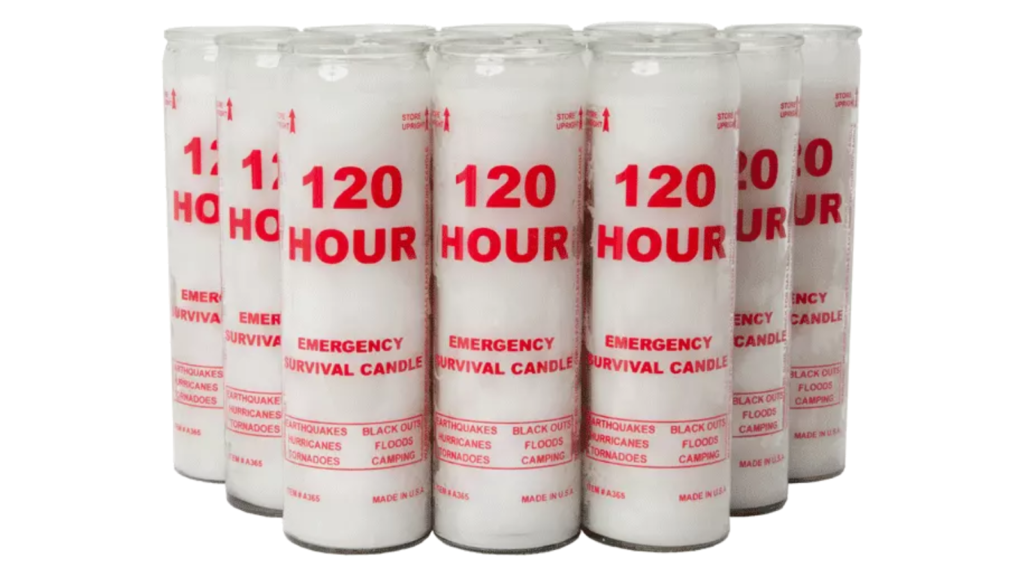
Not just any candles will do. Look for long-burning emergency candles rated for 100+ hours. They provide light and a surprising amount of heat in enclosed spaces. Some even come in tins with built-in stands. Remember to use them safely and ensure proper ventilation to avoid CO buildup. Consider liquid paraffin candles for even longer burn times and less dripping; some can burn for up to 115 hours continuously.
Portable Wood Stove
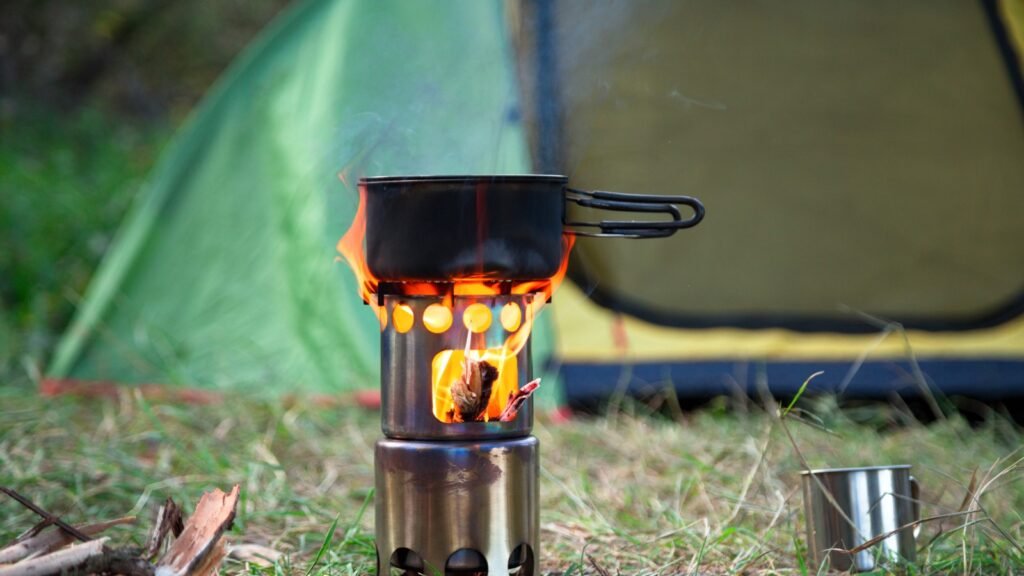
For extended power outages, a small portable wood stove can be a lifesaver. Models designed for tent camping can be safely used indoors with proper ventilation. They provide heat and a cooking surface using small twigs and branches. Some even generate electricity to charge devices. Look for models with a glass viewing window to monitor your fire without opening the stove and losing heat.
Battery Desulfator
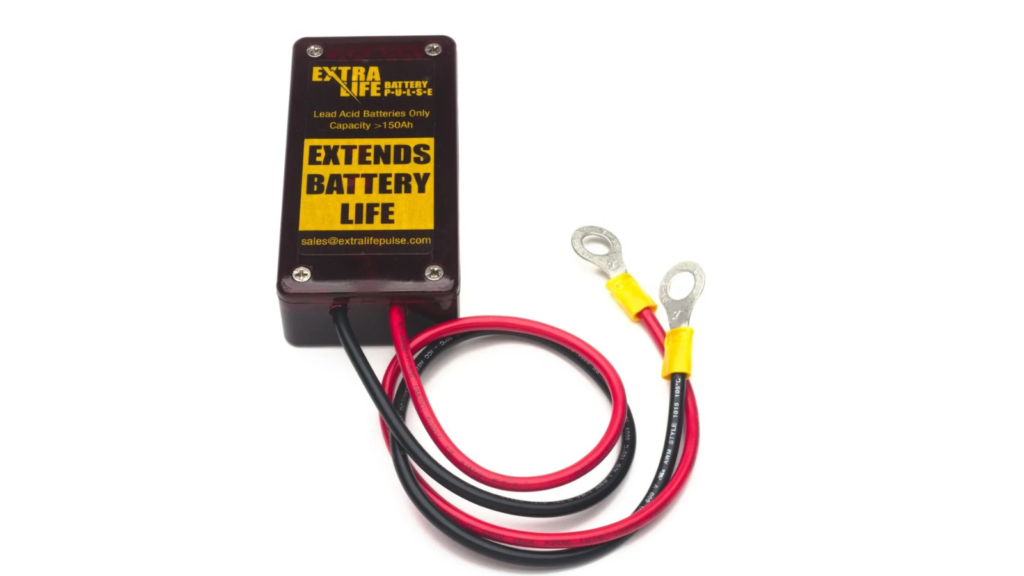
Extend the life of your deep cycle batteries with a desulfator. These devices can revive “dead” batteries and maintain the health of your power bank. They’re especially useful for off-grid systems that rely heavily on battery power during winter months. Some advanced models can desulfate multiple batteries simultaneously, saving time and extending the life of your entire battery bank.
Vaseline-Soaked Cotton Balls

This old-school fire starter is incredibly reliable. Cotton balls soaked in petroleum jelly will light easily and burn for several minutes, even in damp conditions. Store them in a waterproof container. They’re lightweight, cheap, and could make the difference in getting a crucial fire started. For an even longer burn time, try using dryer lint instead of cotton balls; it’s free and can burn for up to 10 minutes per ball.

